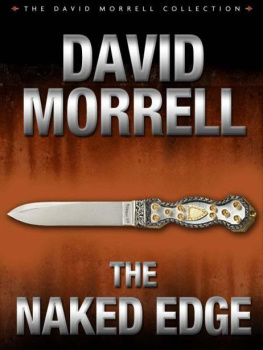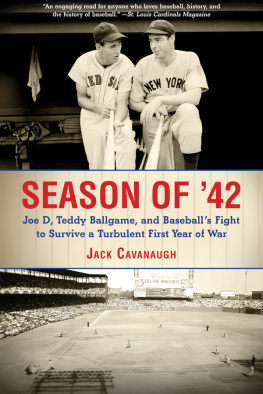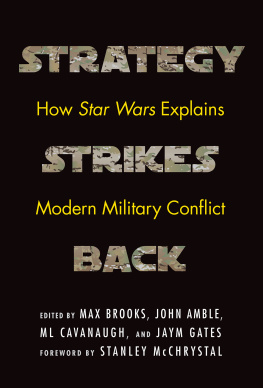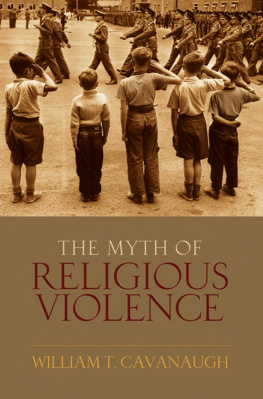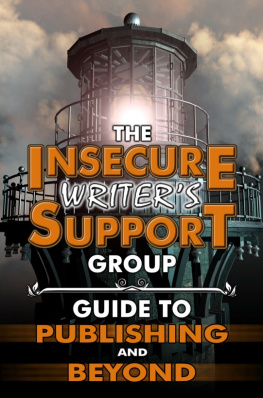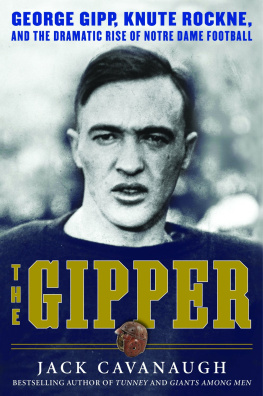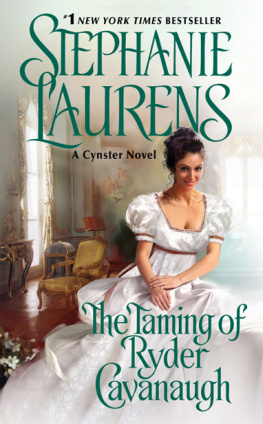
David Morrell
The Protector
To Henry Morrison, who has been my agent since 1968,
almost a lifetime ago. my heartfelt thanks
for your friendship and guidance.
Much of the tradecraft in The Protector has not appeared in fiction before. I learned it from a great many people who have firsthand experience in the high-risk activities depicted here and who were kind enough to teach me. The tactical uses of duct tape, lead fishing sinkers, chamois car-washing cloths, and partially serrated shotgun shells are only a few of the things I was taught. My thanks to the following:
Linton Jordahl, former U.S. marshal. The U.S. Marshals Service ranks with the Secret Service and the Diplomatic Security Service as one of the premier protective units of the United States government.
Don Rosche and Bruce Reichel of the Bill Scott Raceway's Executive Security Driver Training course. Various U.S. government agencies, including the Diplomatic Security Service, send their personnel to BSR to learn defensive and offensive antiterrorist driving techniques. Rather than provide a recipe for committing felonies, I left out a small but important step in hot-wiring vehicles.
Lt. Dave Spaulding of Ohio 's Montgomery County Sheriff's Department. Lieutenant Spaulding's department contributed to the high-level security for the 1995 Dayton (Bosnian) Peace Accords. He is one of America 's foremost firearms instructors. See his Handgun Combatives and Defensive Living, the latter cowritten with retired CIA operations officer Ed Lovette.
Karl Sokol, master gunsmith. Many military and law-enforcement personnel credit their lives to the dependability of a Sokol-modified firearm. The refinements made to "the protector's" Sig Sauer 225 are typical of his craft.
Ernest Emerson. In addition to being one of the best manufacturers of tactical knives (his CQC-7 is featured in this novel), Mr. Emerson is also a top-level blade instructor who works with various elite military and law-enforcement units.
Marcus Wynne, former paratrooper with the Eighty-Second Airborne, former federal air marshal, and first-rate thriller novelist. See his No Other Option and Warrior in the Shadows. As a young man, Marcus was one of my literature students when I was a professor at the University of Iowa. Years later, he returned the favor and taught me many aspects of the world of high-risk operators.
Dan "Rock" Myers, former member of U.S. Special Operations/military intelligence and former contract officer for the Diplomatic Security Service.
The Protector also features nonlethal tradecraft, and for that, I am grateful to Jake Eagle and the staff of NLP Santa Fe, practitioner trainers in neuro-linguistic programming. Years ago, when I learned that the CIA and other intelligence services, as well as some elite military units, require NLP as part of their training, I took certification classes in it.
In all these matters, if I got the details right, it's because of my teachers. If the details are wrong (always remembering what I said about not supplying recipes for felonies), I'm the one to blame.
No passion so effectually robs the mind of all its powers of acting and reasoning as fear. -Edmund Burke, On the Sublime and Beautiful
David Morrell, Santa Fe, New Mexico
PROLOGUE. State of Emergency
1
RIOT POLICE DISPEL PROTESTORS
St. Louis, Missouri, April 14 (AP)-What officials feared would be a third day of rioting ended this morning when two thousand armor-clad policemen used batons, pepper spray, and tear gas to dispel ten thousand protestors. The riots disrupting the World Trade Organization conference here had turned downtown St. Louis into what amounted to a war zone, with damage from fires and vandalism estimated at $15 million.
The protestors claim that WTO ignores environmental and labor abuses in undeveloped countries. Although similar demonstrations in Seattle four years earlier had alerted St. Louis authorities about what to expect, police still found themselves overwhelmed. "We prepared for six months," Police Chief Edward Gaines said at a press conference. "But these anarchists are even more organized than they were in Seattle.Thank God, we finally wore them down."
"Anarchists." The think-tank supervisor considered the word. "Nicely chosen."
"Al suggested the police chief include it in his statement," the Army general said.
"But the chief has no idea what really happened. A perfectly successful operation," the military analyst said.
Two lieutenant colonels and a tall, sinewy woman filled out the group. The "Al" (short for Alicia) to whom the general had referred wore a khaki pantsuit that resembled a uniform. She sat with the others in a darkly paneled drawing room. Their high-backed chairs were arranged before a large screen, onto which an overhead television projector beamed videotaped images of the crisis.
Highlights from NBC's coverage had just ended. Now a condensed version of CNN's began. The initial sequences showed the first day of rioting. Protestors stretched all the way from Busch Stadium and the Federal Courthouse to the huge America's Center, where the World Trade Organization was holding its conference. By nightfall, downtown St. Louis was paralyzed. On the screen, rioters smashed every window they came to. They overturned vehicles and set fire to them. Flames reflected off sidewalks covered with shattered glass.
The second day's edited sequences showed more protestors cramming the streets, damaging anything they could find. At a press conference, the mayor declared a state of emergency, ordering all civilians to avoid the downtown area.
But on the third day, the outnumbered police, joined by state troopers and the National Guard, organized a counterattack. The screen showed them using tear gas to funnel the rioters along Market, Chestnut, and other downtown streets toward Memorial Park. There, in the green space around the towering Gateway Arch, retreating protestors trampled a tent city they'd erected.
A reporter spoke urgently as a camera in a helicopter peered down on the rioters being pushed beyond the Arch. Protestors threw rocks and bottles at the relentlessly converging policemen. One bottle was filled with liquid and had a rag stuffed into it. As a young man lit and threw it, the camera whipped to show it crashing into flames. Gas masks, helmets, shields, and body armor made the police resemble "an army of Robocops," the reporter breathlessly announced. Ignoring the burning gasoline and the rocks, the police fired tear-gas canisters. So much haze spewed around the rioters, they could barely be seen.
A camera on a Mississippi barge now showed the action. The rioters stumbled from the haze. Bent over, coughing, they looked as frightened as they'd looked angry moments earlier. Police in gas masks emerged, pounding with batons, pushing with shields. Coughing harder, the protestors panicked and lurched in the only unimpeded direction available: the Mississippi. Thousands tumbled into the river, struggling to stay afloat as the dark figures of the police reached the bank and stood guard.
"I'm sure you noticed the man who threw the Molotov cocktail," the general said. "Some liberal commentators are claiming he's part of a group of agitators. The theory is that the corporations whose policies are under attack paid thugs to instigate the violence. The police fought back, and the legitimate protestors had to defend themselves, eventually becoming rioters and discrediting their cause."
Next page


